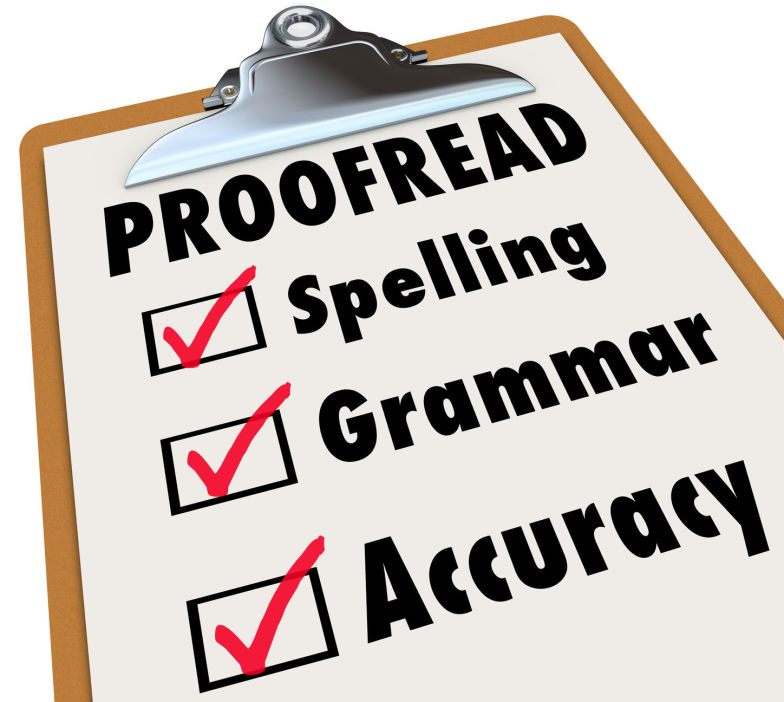
The Power of Online Accessibility: 8 Reasons Why Your Website Must Be Inclusive
In today’s digital world, the power of online accessibility is one of the most understated search engine optimisation (SEO) strategies, and here you will find

This post is the second in a two-part series, to help you write content and copy for your tourism website that will get you more visits and leads … and bookings!
This post and the previous one are designed to be read in conjunction, so if you missed Part One, you might want to read this first.
If you’re already up-to-date, then read on!
Get Writing!
Once you know what keywords your prospects and customers are using to find you, it’s time to get writing, using as many of the words from each niche list within the relevant page as possible.
For example, if we go back to our accommodation operator example, they might have a page with a focus keyword of “Things To Do in Port Stephens” and then the content of your page might include a variety of local attractions or sightseeing tours that can be booked (for a commission) from the reception desk, or that the property owner is willing to vouch for.
However, don’t stuff your article with keywords for the sake of it. Remember that you are writing for your prospects and customers first, not the search engines.

Try to write at least 400-500 words.
For those of you who are not natural writers, this might sound like a lot, but it is equivalent to a bit more than one A4 page.
The reason for this – and for all the preliminary tips I have given in the last post, regarding keywords, keyword niches, keyword research etc., is to help Google find your web pages and display them when potential customers are searching for them.
ALL the words on your webpage are potential keywords, not just the ones that you’ve identified through your brainstorming and research.
So, it stands to reason that the more words you have on a page, the more opportunities you have to appear in Google’s search results. Most blog posts, including this one, average at about 1000 words, for exactly this reason.
Once you have finished writing, make sure that you run your text through a spell-checker or get a grammar nerd friend to check it over for you, to make sure that you haven’t made any mistakes.

In fact, I would always recommend getting someone else to read what you have written before you publish it anyway.
Often, the writer of a piece of content can be too close to it and sometimes, emotionally invested in it, to be objective about whether it achieves what it is supposed to do.
Before you publish, go back and spend some serious time on your Page Heading/Headline and first paragraph.
People suffer from information overload these days and there is a lot of competition, both on and offline, for our eyeballs on a daily basis!
So, make sure that you get your audience’s attention with the headline.
According to Copyblogger, 8 out of 10 people will read a headline, but only 2 out of 10 will read the rest of the article.
The purpose of your headline is to get the sub-heading read.
And, the purpose of the sub-heading is to get the first sentence read.
The purpose of the first sentence is to get the second sentence read … and so on.
One of the best ways to get their attention in the headline is to promise them a benefit … something you will teach them or give them, in return for the time that they are investing in reading your content.
I refer again to Copyblogger – a fantastic resource to improve your writing.
Don’t worry about the length of your headline – it is far more important to get the message out, than try to fit within a pre-defined word limit.
Copyblogger suggests integrating as many of the four U’s into your headline as possible. These are:
By this, I mean, if you are a solopreneur like I am (currently), then use ‘I’ throughout your website. Don’t write ‘we’ or ‘the business’ if it’s just little old you!
Don’t be afraid to admit to being small.
After all, good things come in small packages!
People are also far more drawn to honest, authentic writing than hard sell writing anyway.
Remember that “It’s Not About You”.
So, instead of filling your webpages with lists of features and services that you offer, think about how the products and/or services you offer benefit your customers and how buying or experiencing these features will make them FEEL.
Write from your audience’s perspective (i.e. what’s in it for me), not from yours.
Make sure you share every page that you write across your social media networks and actively encourage your community to like, comment and share.
Then, make sure you are available to engage with them and respond to any comments or questions.
Don’t be invisible.

Try to use more verbs (doing words) than adjectives (descriptive words).
The internet is flooded with tourism businesses that describe themselves or one of their features as ‘unique’ or ‘state of the art’.
If you focus instead on what people will feel when they come to your tourism business, or on what they can do (or what you can do for them), you will be differentiating yourself from the masses of same old same old tourism marketing content that is already out there.
If you have directory listings on the Australian Tourism Data Warehouse (ATDW) or other online directory sites, make sure that you have not just copied and pasted the same content from your website onto these directories.
Copying and pasting to another site, means that the content on your site is competing against the same content on what is usually a much larger, better known site and those directory sites are likely to outrank you.
You are, in effect, cannibalising your efforts.
Always include a call-to-action at the end of each page.
It could be ‘Subscribe To My Newsletter’, or ‘Call Me’ or ‘E-mail Me’ or ‘Buy Now’, ‘Book Now’ … whatever it is, make sure you put something there. People don’t like having to think!
Here’s an example:
I hope that you have found these tips useful.
Please COMMENT BELOW (Call to Action!) and let me know what you thought of this post and if you have any other copywriting questions or suggestions that I haven’t covered here.
By Fiona Allan
Content Marketing, Copywriting, Online Marketing Tips, SEO Copywriting
Share This Story, Choose Your Platform!
About the Author: Fiona Allan

Purple Patch Marketing provides online marketing and copywriting services to small businesses in the Australian travel and tourism industries. With over 10 years experience within the international and domestic tourism industry and 7+ years experience in digital marketing, Fiona Allan can help you to get your tourism business found online


In today’s digital world, the power of online accessibility is one of the most understated search engine optimisation (SEO) strategies, and here you will find

Are you looking for new ways to nurture website visitors and convert them into paying customers? In this blog post, we break down the steps for creating an effective lead magnet and provide tourism business examples to inspire your own strategy.

With a simple document and clearly laid out content bank, you will be able to build an effective plan of attack to create more content with purpose.